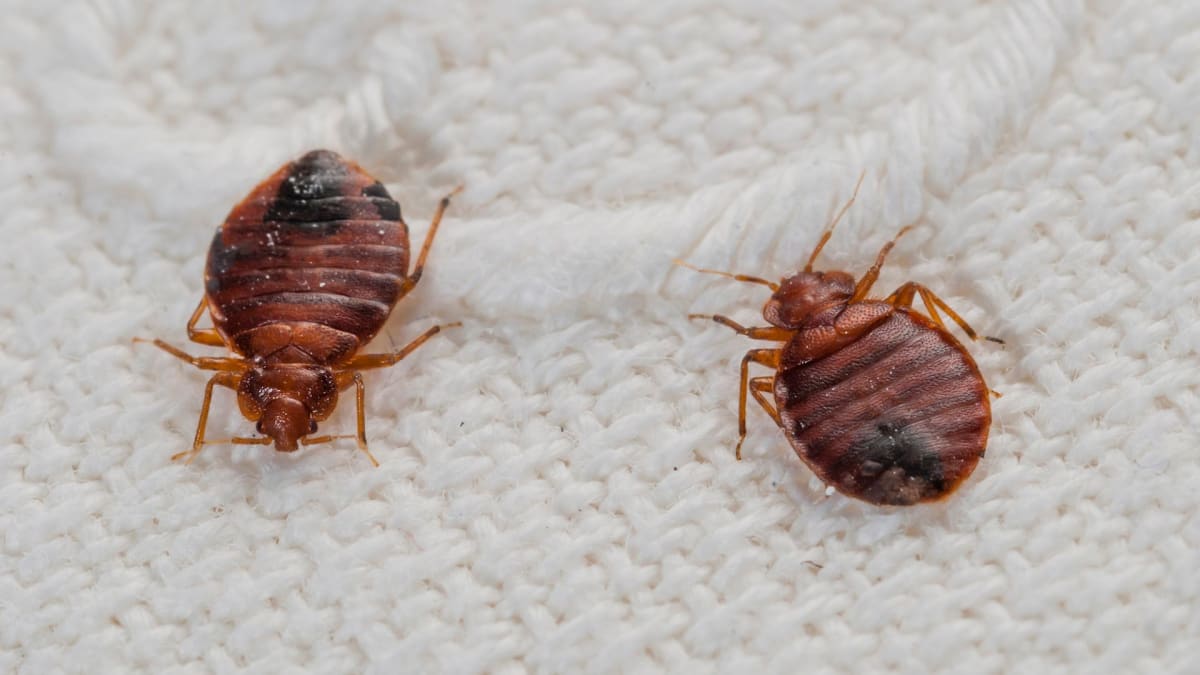Expert Bed Bug Exterminator: DC Providers and Heat Treatment
Discovering the Science Behind Bed Bug Warmth Treatments as a Sustainable Bug Monitoring Method
In the realm of pest monitoring, the quest for sustainable and efficient options remains a consistent quest. One such technique that has actually gotten traction recently is making use of heat treatments to battle bed pest invasions. By harnessing the science behind thermal death factors for these persistent insects, heat therapies provide an appealing alternative to typical chemical-based strategies. The complexities of exactly how warmth properly removes bed bugs and the broader ramifications for lasting pest monitoring practices make this a subject worth checking out better.
Bed Insect Warm Treatment Refine

Thermal Death Factor for Bed Insects
Exposing bed pests to raised temperature levels past their thermal resistance variety is vital for accomplishing efficient removal in warm treatment processes. By getting to and keeping temperature levels above the thermal death factor for bed pests, bug administration experts can guarantee extensive elimination of bed pest populaces, including hard-to-reach areas where chemical therapies might be less effective. Understanding the thermal fatality factor for bed bugs is essential for applying effective heat therapy approaches and attaining sustainable insect management end results.
Advantages of Heat Treatments
Having actually established the crucial thermal death point for bed pests, it is vital to now discover the significant benefits that warm treatments use in successfully removing these durable parasites. When contrasted to conventional chemical approaches, warm therapies present numerous key advantages. Among the primary benefits is that heat can permeate deep right into fractures and holes where bed pests hide, making certain that even one of the most hard-to-reach locations are heated DC exterminator to deadly temperature levels. This detailed method not only kills real-time bugs however additionally targets bed bug eggs, stopping future problems.
Furthermore, heat treatments are non-toxic and eco-friendly, making them a sustainable insect management method. Unlike chemical pesticides, heat treatments do not leave hazardous residues that can present dangers to human health and wellness or the atmosphere. This element is especially crucial in sensitive atmospheres such as health centers, schools, and domestic areas where chemical use might not be preferable.
Furthermore, warm treatments have a high success price in removing bed insect invasions in a single treatment, lowering the demand for several sees and reducing disturbance to passengers. This effectiveness not only conserves time and cash however likewise provides assurance to those managing bed pest troubles.
Efficiency of Heat Therapy

Warmth therapies have actually the included advantage of eliminating bed pest eggs, which are often resistant to conventional chemical treatments. In general, the efficiency of warm treatments in removing bed insect invasions makes them a lasting and trusted pest monitoring strategy.
Lasting Bug Administration Perks
Implementing lasting parasite administration practices offers lasting advantages for both the setting and public wellness. By using methods such as warmth therapies for insect control, we can reduce the dependence on damaging chemical pesticides that can have adverse results on ecological communities and human health - exterminator near me. Lasting insect management methods help in maintaining biodiversity by targeting particular parasites without hurting non-target microorganisms, thus preserving a well balanced ecosystem
In addition, lasting pest administration techniques add to the overall wellness and health of the public. By decreasing exposure to poisonous chemicals used in standard pest control techniques, heat therapies give a much safer choice for pest management in property, business, and public spaces. This reduction in chemical use additionally helps in avoiding chemical deposits from contaminating water, dirt, and air, protecting ecological top quality.
Verdict
To conclude, bed insect warm therapies have actually been shown to be a efficient and lasting parasite management strategy. The thermal fatality factor for bed pests makes them susceptible to heat treatments, which have various benefits over standard chemical therapies. The performance of warmth therapies in getting rid of bed pest problems while minimizing environmental impact highlights the potential of this method as a sustainable solution for pest control.
The bed bug warmth therapy process involves elevating the temperature level within ravaged locations to a degree that properly removes bed pests and their eggs. By getting to and preserving temperatures over the thermal fatality factor for bed insects, bug administration experts can guarantee extensive elimination of bed bug populations, consisting of hard-to-reach areas where chemical treatments may be less effective. One of the primary benefits is that warm can permeate deep into crevices and cracks where bed bugs conceal, ensuring that also the most hard-to-reach locations are heated to dangerous temperature levels. Unlike chemical treatments that may leave behind immune populaces, heat therapies supply a eco friendly and safe option that can penetrate deep into furnishings, walls, and other hard-to-reach areas where bed bugs conceal.
The thermal fatality point for bed pests makes them vulnerable to heat therapies, which have numerous benefits over conventional chemical therapies.